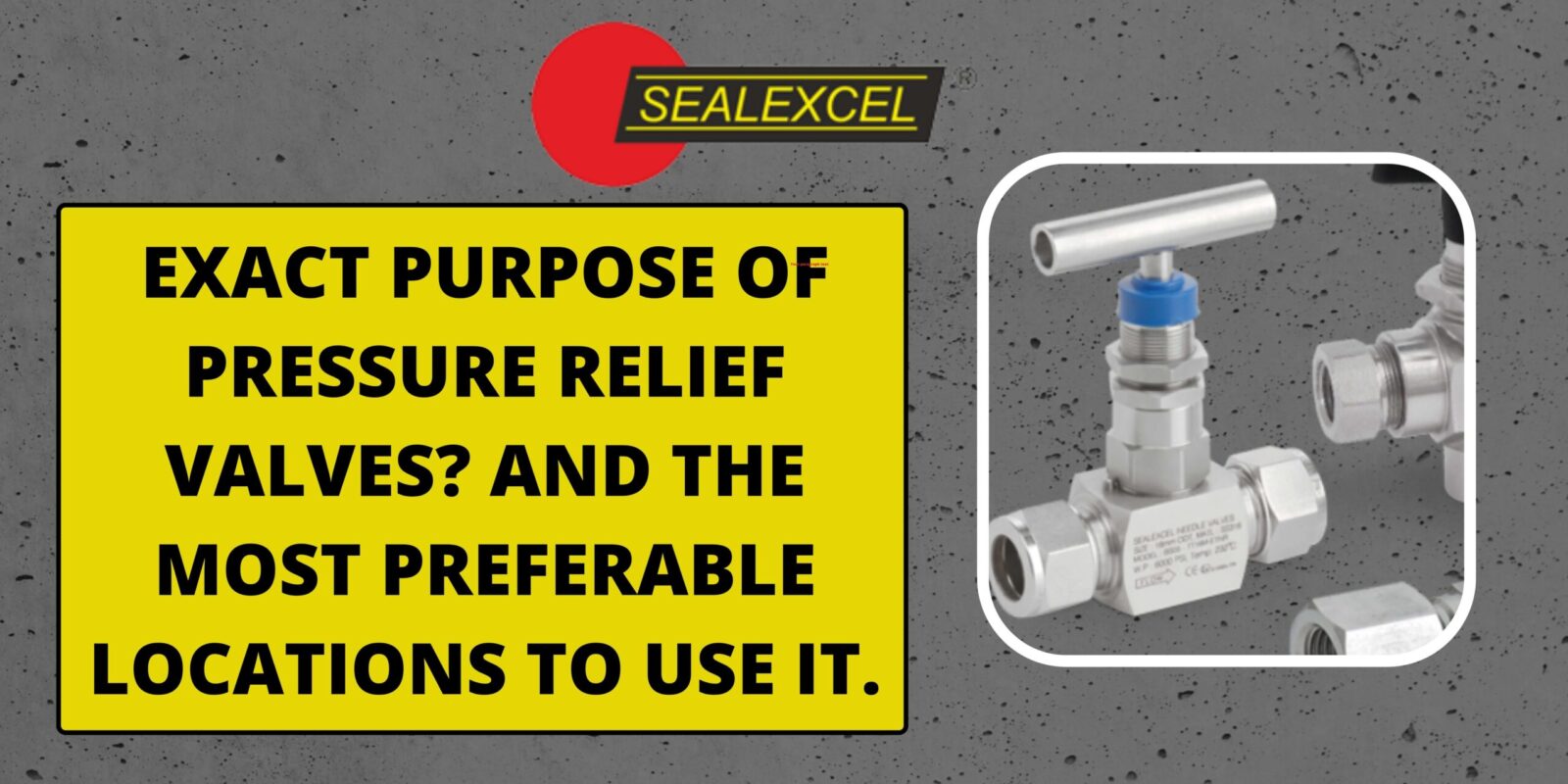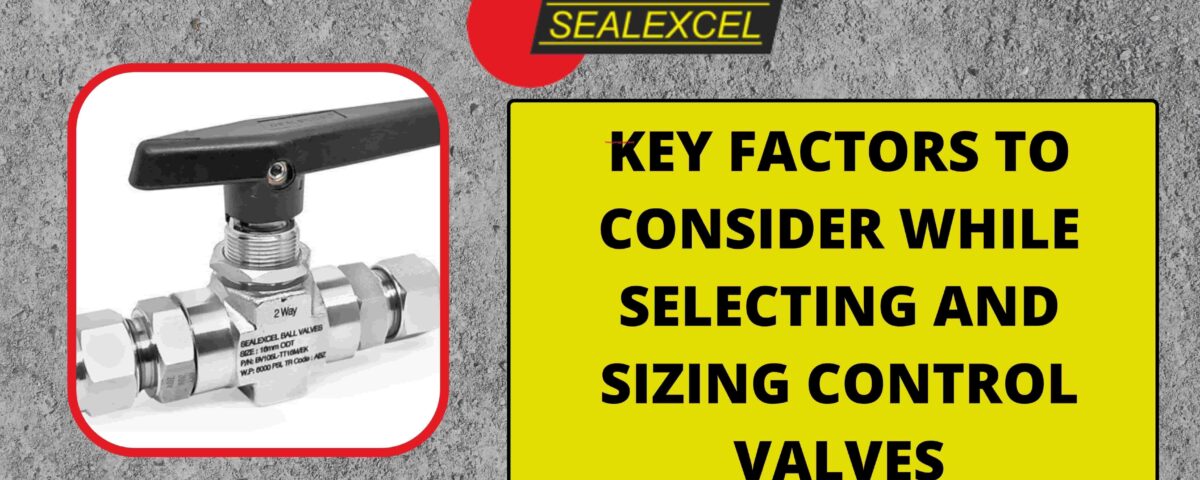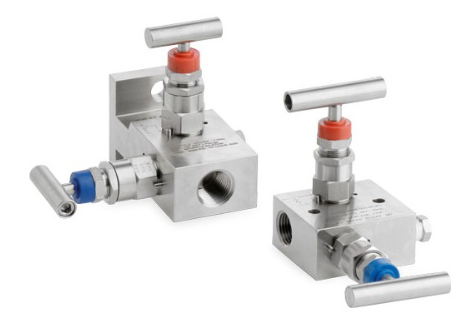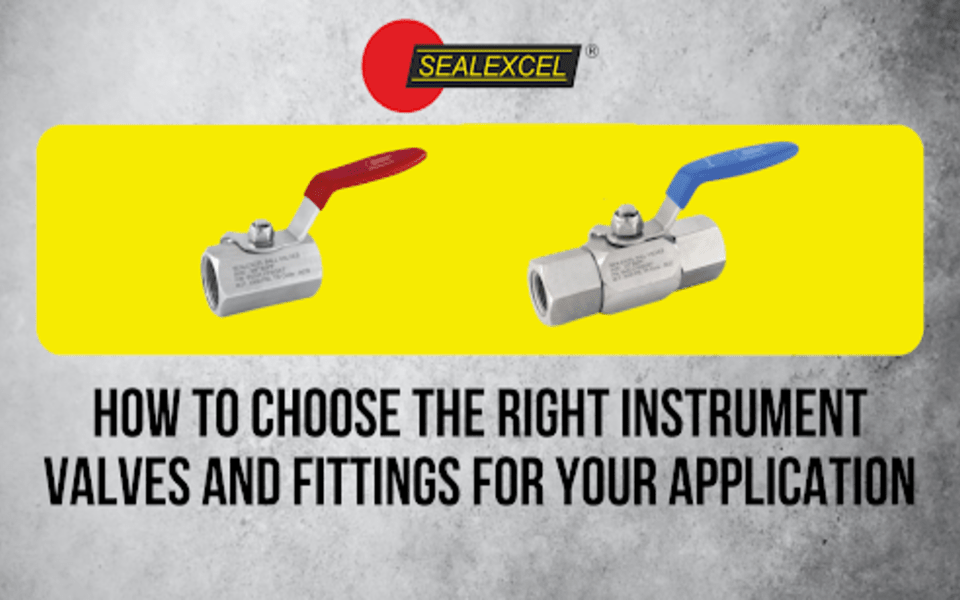
Exact purpose of a pressure relief valve? And the most preferable locations to use it.
October 6, 2022Valves control the flow of liquids and gases in many different ways. Since there are so many choices, it is important to look at all the factors to ensure you choose the right valve for your needs.
There are different control valves, like globe, ball, and butterfly. Most of the time, the application, experience, or plant preference will determine the style of the control valve. It can be hard to choose the right valve, but it can be even harder to choose the right size. This is why you need the help of valves and fittings manufacturers in India.
So, How Do You Choose The Right Size For A Control Valve?
As a rule of thumb, when sizing a control valve, it should be sized to operate at the maximum required flow rate and the minimum required flow rate. The goal is to use as much of the valve’s control range as possible while keeping a safety factor that is not too high.
Why Is The Size Of A Control Valve So Important?
A control valve that is too small cannot let the right amount flow through. Most of the time, though, a control valve is too big for the job. A too big valve is very sensitive to how it is used. Even small changes in how a valve is set will greatly affect the flow. Adjusting the valve is hard or even impossible. Here are some of the factors to consider when selecting sizing and control valves from valves and fittings manufacturers in India
Media Type
The type of liquid or gas being controlled will tell you what kind of material should be used for the valve. Polytetrafluoroethylene (PTFE) and perfluoroalkoxy alkanes (PFA) are great choices for monitoring materials that are harsh or corrosive because they can stand up to these conditions. For the most safety, it’s important to use metal valves when keeping an eye on pressurized gases.
Conditions during Application
The most important thing you need to do to choose the right valves and fittings for your application is to choose the right valve size. A valve of the wrong size can cause problems with how it works or other parts of the system. Also, figure out the temperature, pressure, and flow rate under which your valve will be working. Most of the time, metal valves can handle higher pressures and temperatures than plastic ones.
Valve Functionality
Find out what needs your valve needs to meet. Two-way valves are good for turning something on or off in a system, while three-way valves can be used to turn something on or off and change the flow of something or mix it. Also, track how often your valve will be open or closed. Order a valve that normally opens in this direction but the other direction when it gets the power to make it last longer.
Actuation Method
Another thing to think about is how the valve will be used. Find out if the valve will be operated by hand or if it will automatically turn off and on when a signal is sent to it. If the second option is chosen, the unit will be used with an electric, pneumatic, or hydraulic actuator.
Maintenance Requirements
If you need to do maintenance often, valves and fittings are a good choice because they are not clogged and are one of the easiest valves to service. There are also 3-piece ball valves, two end caps, and a body. This makes it easy to remove the main body section for cleaning without disconnecting the end caps from the pipe. This keeps the line from having to be turned off during maintenance.
Understand The Installed Flow Characteristics
This is another hard thing to do. From the control system’s point of view, the control valve’s response should be linear. If the output of the PID changes by 5%, the process should react the same way no matter where the output is. A process response should be the same, 15% to 20% or 85% to 90%. If the valve doesn’t respond linearly, it’s much harder to control. You can tune for one process condition, but if the conditions change, the dynamics change, and the tuning doesn’t work nearly as well.




